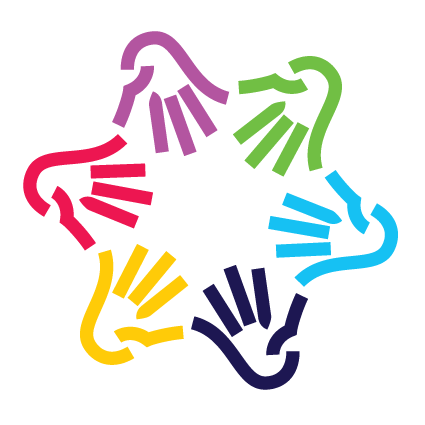For students with ASD to gain the most benefit from participating in the Club, it is helpful for facilitating teachers to form a picture of these students’ individual strengths and needs. Suggestions and methods to help form this picture are described below.
You may like to consider completing this process for other students in the Club, who may not have ASD, but may have other learning difficulties or be considered at risk of disengagement.
Schools may also consider alternative methods of data collection and evaluation, such as the use of standardised pre-post measures of social skills (e.g. Social Skills Improvement System Rating Scales; Gresham & Elliott, 2008) and/or school engagement (e.g. Motivation and Engagement Scale; Martin, 2007).
Personal and Social Capability: Social Management Continuum
The table below is an extract of the Social Management continuum, taken from the Australian Curriculum, Personal and Social Capability (ACARA, 2016). The Robotics Social Club program aims to consolidate students’ skills at Level 4 (end of Year 6), and develop skills at Level 5 (end of Year 8). Students with ASD may not be at expected standards, given their social communication and interaction difficulties.
Reflect on the students with ASD in your club, and use this continuum (below; PDF, 201 KB; Word, 31 KB) to “plot” their current skill level in each of the five Social Management areas. If you are not familiar with these students, you may like to consult with their case manager and/or class teachers to help identify their areas of strength and need.
| Level 3: Typically by the end of Year 4, students: | Level 4: Typically by the end of Year 6, students: | Level 5: Typically by the end of Year 8, students: |
|---|---|---|
|
Communicate effectively identify communication skills that enhance relationships for particular groups and purposes |
Communicate effectively identify and explain factors that influence effective communication in a variety of situations |
Communicate effectively analyse enablers of and barriers to effective verbal, nonverbal and digital communication |
|
Work collaboratively describe characteristics of cooperative behaviour and identify evidence of these in group activities |
Work collaboratively contribute to groups and teams, suggesting improvements in methods used for group investigations and projects |
Work collaboratively assess the extent to which individual roles and responsibilities enhance group cohesion and the achievement of personal and group objectives |
|
Make decisions contribute to and predict the consequences of group decisions in a range of situations |
Make decisions identify factors that influence decision making and consider the usefulness of these in making their own decisions |
Make decisions assess individual and group decision-making processes in challenging situations |
|
Negotiate and resolve conflict identify a range of conflict resolution strategies to negotiate positive outcomes to problems |
Negotiate and resolve conflict identify causes and effects of conflict, and practise different strategies to diffuse or resolve conflict situations |
Negotiate and resolve conflict assess the appropriateness of various conflict resolution strategies in a range of social and work-related situations |
|
Develop leadership skills discuss the concept of leadership and identify situations where it is appropriate to adopt this role |
Develop leadership skills initiate or help to organise group activities that address a common need |
Develop leadership skills plan school and community projects, applying effective problem-solving and team-building strategies, and making the most of available resources to achieve goals |
You may also like to focus on the broader Personal and Social Capability elements of Self-awareness, Self-management, and Social Awareness, in addition to Social Management. For further detail, see the full Personal and Social Capability curriculum.
Student Reflections
The five Student Reflection Sheets (PDF, 408 KB; Word, 226 KB) break down the five “teamwork skills” within the Social Management element of Personal and Social Capability. These skills are communicate effectively; work collaboratively; make decisions; negotiate and resolve conflict; and develop leadership skills (ACARA, 2016).
These Student Reflection Sheets use the Visible Learning practices of learning intentions and success criteria (Hattie, 2009), to make the focus social skills explicit and concrete for students. See Session Schedule & Learning Process for more detail about students’ use of the Reflection Sheets. The Student Reflection Sheets can also be used by teachers, to rate students with ASD as an additional method of identifying individual students’ strengths and needs, and monitoring and evaluating learning progress.
